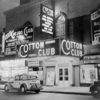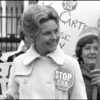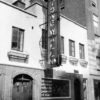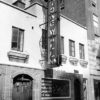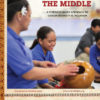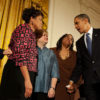Effects of the Civil War
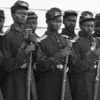
This lesson addresses the effects of the Civil War on multiple populations. Students learn about the unprecedented scale of death and destruction, and what that meant for the country that needed to rebuild and heal at the end of the war. They also study the experiences of Americans who did not serve as soldiers. The varied roles of women, African Americans, and the people who cared for the wounded all provide students with an up-close and complex understanding of the meaning of war. Students also learn about longer term consequences of the war, including Lincoln’s assassination, as well as the physical destruction of much of the south. Moreover, they will come away with a picture of how warfare, and the country in general would never look the same after 1865 as the federal government took a vast new size and shape. This lesson also encourages students to understand the importance of perspective and complexity. It asks them to consider different people’s experiences and synthesize this information to make interpretations about the significance of the war. Specific literacy strategies help students make sense of multiple primary sources.


